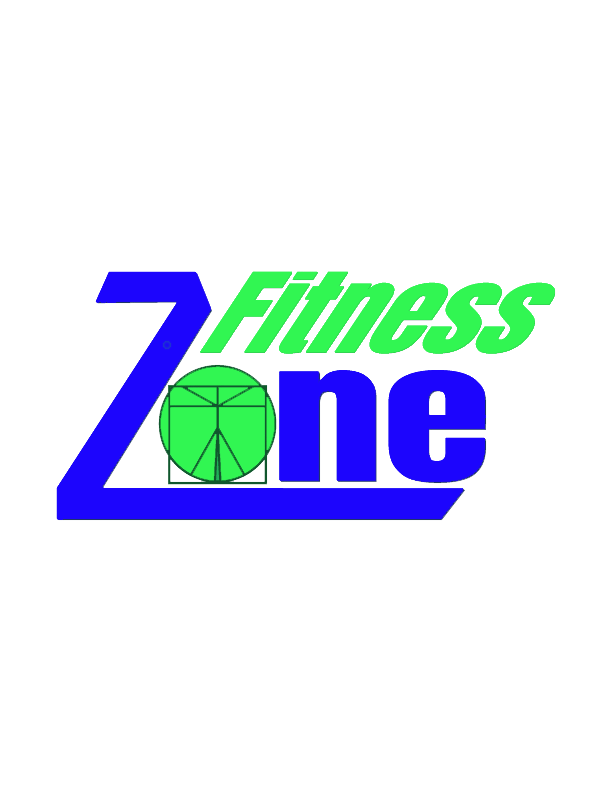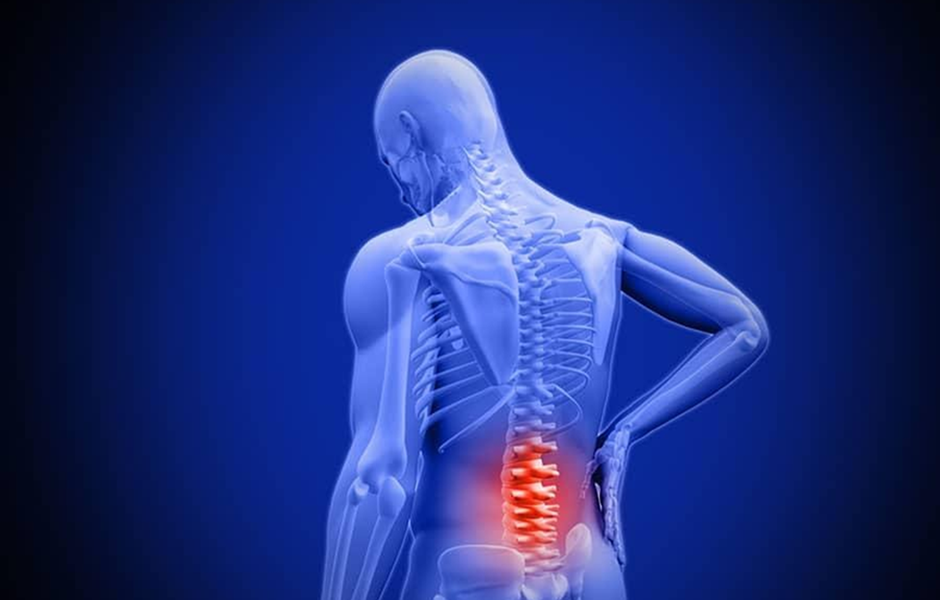Low Back Pain WHAT IS IT?
Low back pain can result from a strain of the muscles surrounding the spine due to overuse, bulging or severely damages spinal discs, or a macro traumatic injury to the disc. Spinal fractures from weightlifting are uncommon but not unheard of, including a chronic form of stress fracture called spondylolysis, as well as an acute compression fracture of one of the vertebral bodies.
RISK FACTORS
A few of the risk factors for back injuries include position of the back during a weightlifting exercise, the amount the lifter can (or can’t) engage the entire core to support the back, pre-existing back issues, and daily habits unrelated to the gym. Jobs with prolonged sitting as well as jobs with heavy lifting can both pose risks to the lumbar spine.
During a lift, if you’re using too much weight and your back rounds, you might’ve injured your back. Severe, unrelenting pain, inability to move the muscles of the legs, and trouble controlling bowel/bladder function, are indicators of an injury. Pain running down the back of the thigh toward the lower leg often indicates irritation of the sciatic nerve, but could also be caused by a muscle spasm in the low back or glutes.
RECOMMENDATIONS
The inflammation phase (injury is stabilized) of all musculoskeletal injuries is 5-7 days, and during this time it is suggested to avoid Romanian deadlifts (RDL), overhead squats, weighted squats, and all twisting motions. The repair (tissue formation begins) phase starts up to seven after the injury and can last up to two months. RDLs with light weight are OK during this phase, but avoid good mornings and Olympic lifts such as the hang/power clean. The remodeling phase (type 1 collagen production) can last anywhere from 2-4 months to a year, and we recommend adding the good morning exercise and slowly increasing weight with squats and integrating Olympic movements.
If you need help with back pain we recommend visiting our Physical therapy clinic, The Human Performance & Wellness Center.
“Lifting with a well-positioned, neutral-posture spine goes a long way to minize the risks of low back injury,” Mendler adds.



